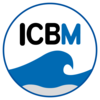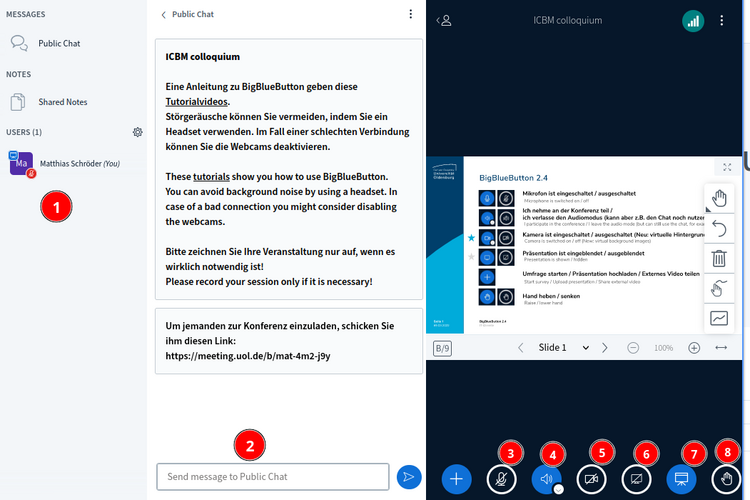Kontakt
Direktorin
Geschäftsführung
Besucheranschriften
MiBio-Kolloquium
ICBM Marine Science Seminars
2026-01-08 12:15:00 ct in W15 1-146 (Hybrid, join online by https://meeting.uol.de/b/mat-4m2-j9y)
„Palaeoconnectivity and Evolutionary Trends Impacting the Marine Environment”
Ass. Prof. Dr. Noam Vogt-Vincent ( University of Oxford)
invited by Prof. Dr. Iliana Baums
The online part of the meeting can be joined a few minutes before the given start time.
Big Blue Button (BBB)
We use the video conference system BBB (BigBlueButton) for the online broadcasting to enable you to hear ans see the speaker and the slides. Interaction is possible via Chat or by using your microphone. Normally only Speaker and Host activate their camera.
To enter just click the button „Continue to web meeting” above, enter your name and click „Join” / „Beitreten”. Depending on your intention to use your microphone choose the appropriate option in the upcoming dialog. You should see something similar to:
- Participants list
- Chat – can be used for questions
- Activate/deactivate your microphone, should always be muted unless you are invited to activate it
- With the small white part you can choose audiodevices
- Active/deactivate camera
- Start sharing a screen/window (only available for Presenter=Speaker). The dialog varies depending on your browser. We suggest to share whole screen
- Hide/show presentation
- Raise your hand – a better way is to use the chat
Our meeting room URL
- ICBM Marine Science Seminar: https://meeting.uol.de/b/mat-4m2-j9y
Upcoming and past colloquia
WiSe 2025/2026
| Location | Topic, Speaker | Invited by |
|---|---|---|
Past Events: | ||


